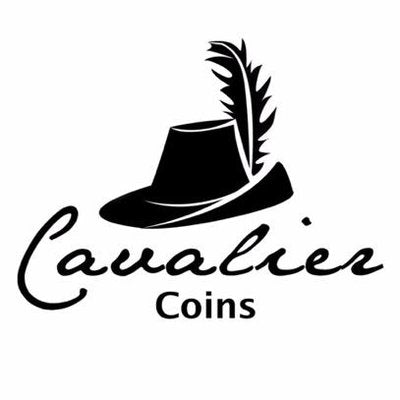The history of the Irish punt banknotes is a fascinating one. From its introduction in 1928 to its retirement in 2002, these paper notes were used as legal tender for almost 75 years. During this time, these notes underwent various design changes and technology advancements, making them an interesting collectible for coin and currency enthusiasts alike.
Introduction
The Irish punt was introduced in 1928 and replaced the British pound at par. This new currency was divided into 100 pence (or pennies) with a variety of coins produced from 1 penny up to 10 shillings in value. In 1967 paper notes were introduced, with denominations from £1 to £100 printed initially. These banknotes were created by the Central Bank of Ireland and featured Queen Elizabeth II’s portrait on them.
Design Changes Over Time
Throughout its circulation there have been several key design changes made to the Irish punt banknotes over time to make them more secure against counterfeiting. In 1973, a special hologram watermark was added to the edges of each note as well as special metallic ink icons that could be seen when held up to light. In addition, all denominations also feature traditional Celtic designs on their reverse side created by highly respected artist George Slater-Freedman.
In 1990, a new series of notes known as Series ‘I’ was introduced which featured a number of security improvements over previous issues including optically variable ink, latent images and microprinting among other features. This series was circulated until 2002 when the euro replaced the punt as Ireland’s currency and all existing notes ceased production completely; however previously issued notes remain valid for use today (albeit converted at exchange rate).
Collecting Irish Punt Banknotes
Irish punt banknotes are popular collectibles among hobbyists around the world due not only to their rich history but also because many early issues tend be quite affordable compared with their modern counterparts; collectors can often find great specimens at bargain prices if they are willing to look around! When purchasing any note it is important always research thoroughly before buying - checking condition reports on auction sites or trusted dealerships is always recommended. Also take some time to look at certified grading services like PMG or PCGS who can help authenticate any purchase made within their networks as well as provide valuable detailed information about both present day and historic notes.
With so much variety available, collecting Irish Punt banknotes can be an enjoyable pastime whether you are just starting out or looking for something more advanced - either way, it could be a great way for you start building an impressive collection!

